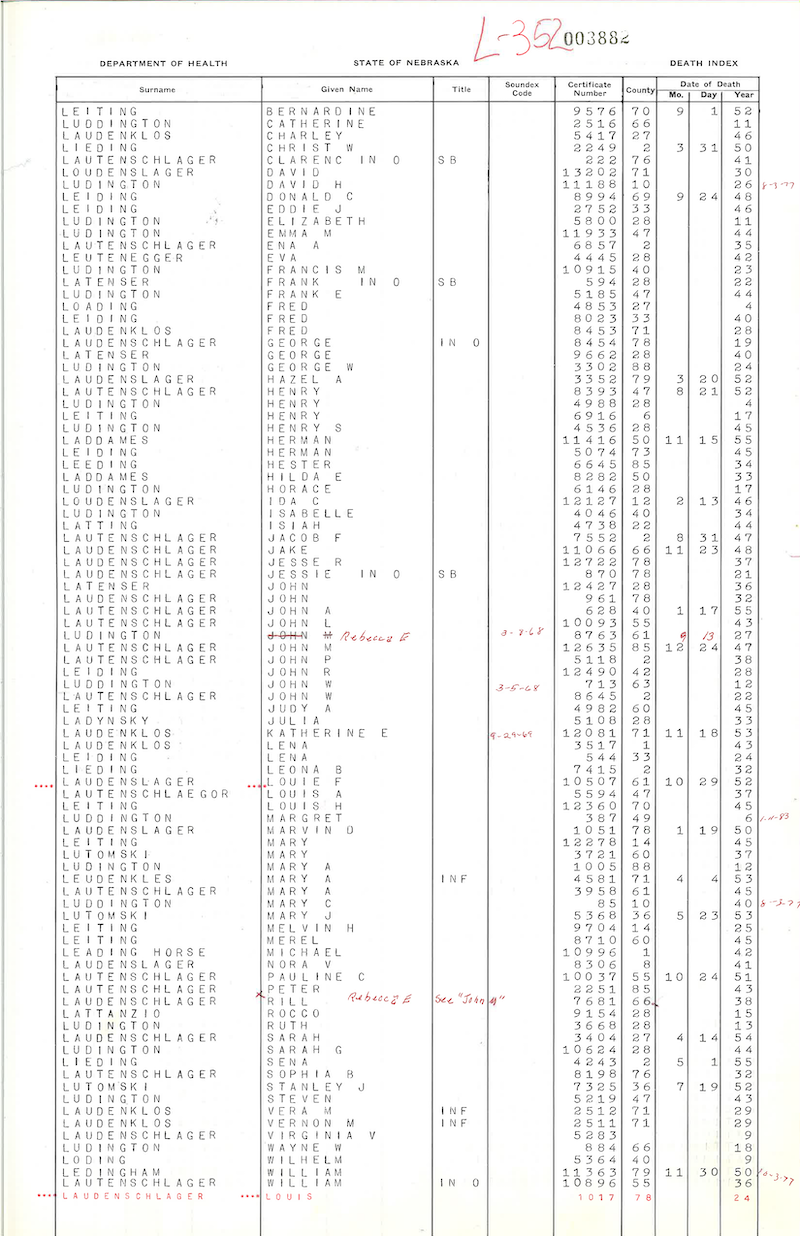In 2019, the non-profit organization Reclaim The Records made a Nebraska Public Records Law request to the Nebraska Department of Health and Human Services, asking for a copy of the state death index. Most states make some kind of index or finding aid like this available for their historical records, even if the actual certificates themselves may have some privacy restrictions. But Nebraska was unusual in that it had never before released this index for public use.
Although the state was initially reluctant to turn the records over, Reclaim The Records was successful in obtaining two parts of the index: 1956-1968, which is in a text database, and 1904-1955, which was only available in old books that had been printed from some long-ago state database, probably dating back to the punch-card era. But that old database apparently does not exist anymore. So Reclaim The Records paid the state of Nebraska to scan every page of those old books, thereby creating (or re-creating) the first-ever free digital copy of the 1904-1955 portion of the Nebraska state death index.
The surnames in the 1904-1955 portion of the Nebraska death index are listed by Soundex code, not strictly alphabetically by surname. Soundex codes are a way to group surnames that sound somewhat alike, despite having variant spellings. For example, in the image to the left you can see surnames that all have the Soundex code L-352.
The entries in the 1904-1955 portion of the Nebraska death index are then alphabetical by given name within each Soundex code.
You can calculate the Soundex value for a surname using this tool:
Calculate the Soundex value of a surname
As you can see from the sample image to the left, many of the pages of the 1904-1955 section of the Nebraska death index also have handwritten additions or notations, usually in red ink.
Entries may have other notations, such as "Inf of" for "infant of", "S/B" for "stillborn", or "Sis" for "Sister", meaning a nun. However, it is still unclear what all the various notations mean, including the handwritten dates next to some entries, often from the 1970's or 1980's. They might be the date that a copy of that person's death certificate was requested from the state.
It is likely that various genealogy websites, companies, and/or non-profit organizations may work on projects to transcribe the information from these images, to create a real text database for the 1904-1955 portion of the death index. However, at least as of December 2019, such a dataset does not yet exist.


